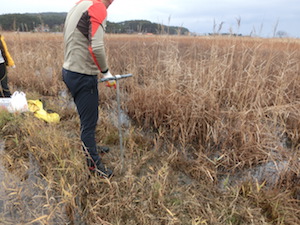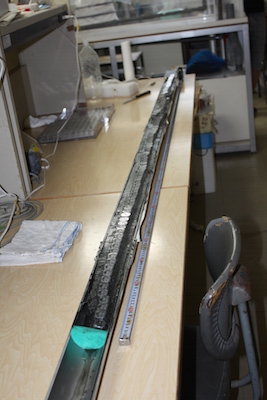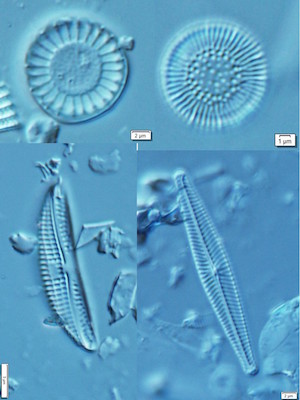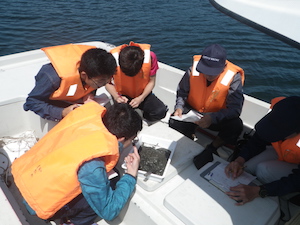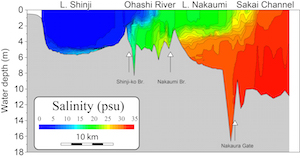Environmental Change Division
Member
SETO Koji
KATSUKI Kota
Nakamura Yasuhide
SAITO Yoshiki
About
Estuaries are located on river mouth and coastal plain where are the border among land, ocean, and atmosphere. They are formed throughout the world in response to global sea-level changes and climate change. It is a key place for human life and production, but estuary environment has been drastically altered by human activity. Consequently, the preservation and continual utilization of estuaries is a crucial issue. The sediment in estuary is obviously recorded the histories of global and local, and land and marine environmental changes. Further, the anthropogenic effect on the estuary environment has also been recorded. Therefore, analysis of the estuary sediment is essentially important for evaluation of present and future water environmental condition. Eventually, the ideal usage of estuary forms a key area of research.
This division aims to investigate the paleoenvironmental changes and their causes during the last 10,000 years, since the formation of lowland environments, by the geological, sedimentological, geochemical, and paleontological methods. To establish the paleoenvironmental change, it is also crucial to determine the present environmental process. Continuous environmental monitoring is explored, which is based on the long-term paleo and present monitoring data. This division contributes to the future environment prediction and constructing the ideal model for environment restoration.


